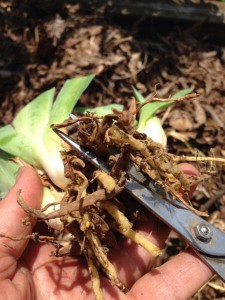With a mixture of regret and anticipation, we sat on the porch watching the leaves of the poplar trees blowing across the field, and noticing the poison ivy vines were bright red. Late summer has arrived in Tennessee, and for those of us who have spent the summer in
the garden fall brings about the prospect of less work, but also fewer dinners featuring amazing fresh vegetables. Of course, the heat will continue through September and there will be plenty of fall chores to do before we are plunged into the dreary months of winter.
The green bean vines that have been so productive all summer are beginning to yellow, as is the second planting of crookneck squash; the spaghetti squash has done all it can and the onions have been pulled. We have jars of green beans, tomatoes, and kohlrabi chow chow put away and we are waiting for the corn to ripen so it can be stored as well. This is the time of year when we begin to make end-of-summer relishes, soup mixes, chow chow, salsa, and try to use up the last
bits of produce however we can.
At this time of the year, the garden begins to look tired, but there’s beauty in the drooping vines and yellowing leaves. Right now in our garden the corn is tall and flowering and the bees are almost symphonic. The contrast between the plants that are almost finished and those that are coming into their fullness is nice.
There are just a few times of year when you can feel the seasons changing. Late summer is filled with a strange mixture of emotions. There’s pride, and often enough regret for the garden projects that didn’t go well. There’s some relief, mixed with sadness, in knowing that the heat and light of summer will soon be passed.
Do you find yourself longing for cooler temperatures by the end of summer, or do you wish it could go on forever?


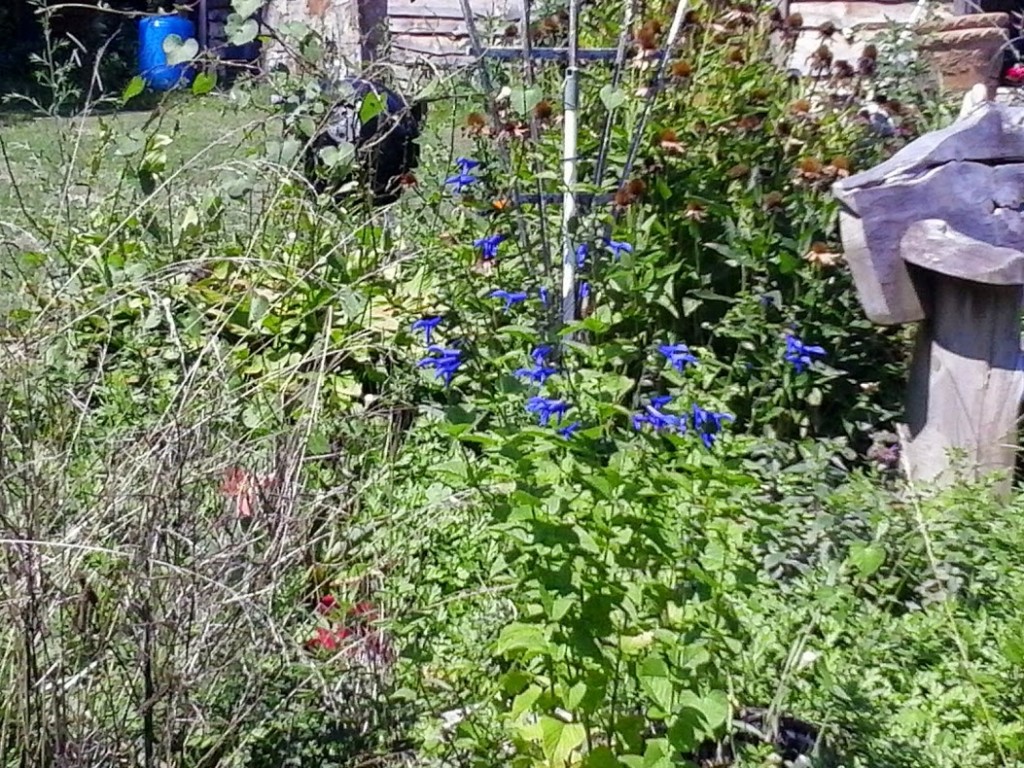
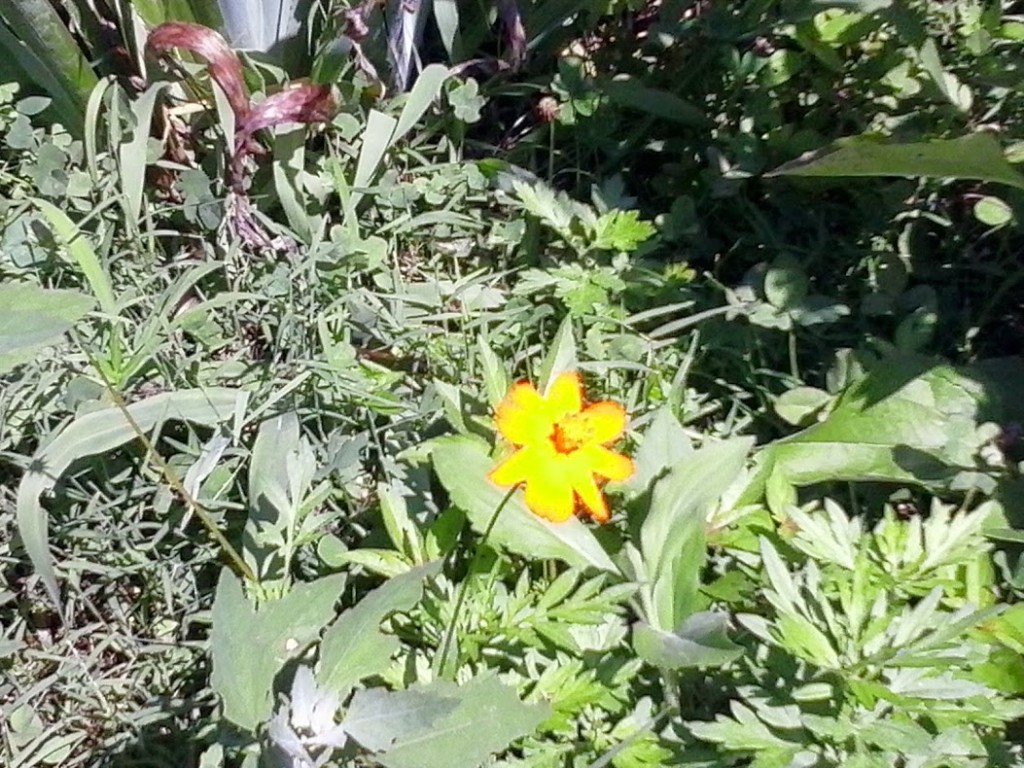
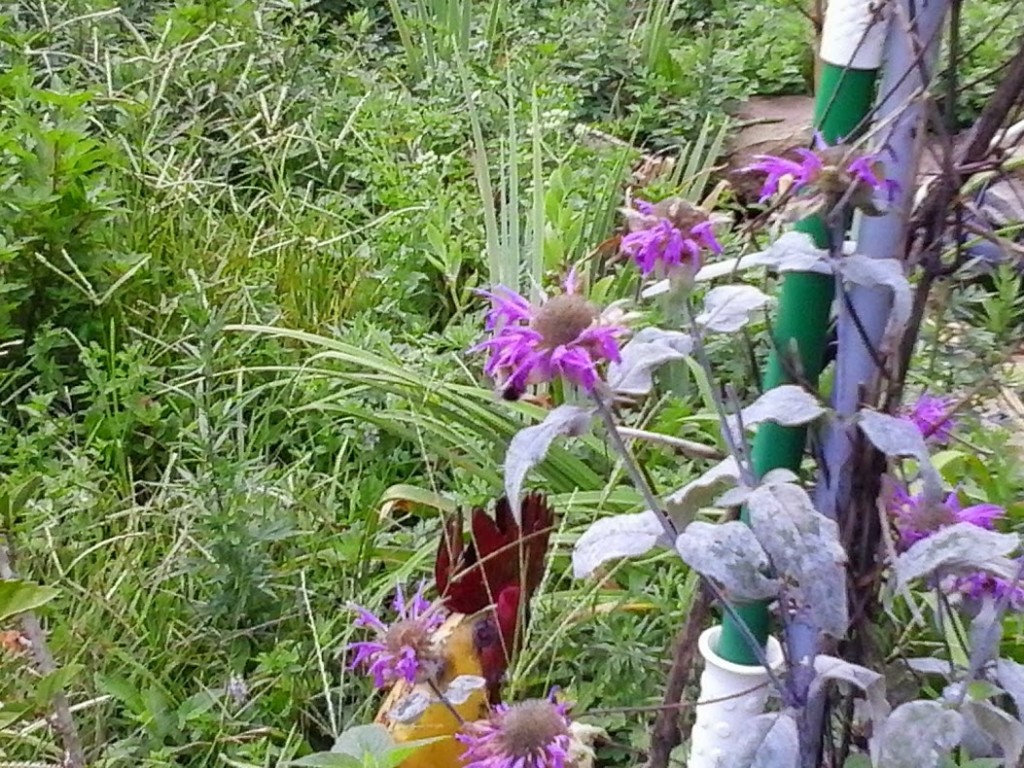
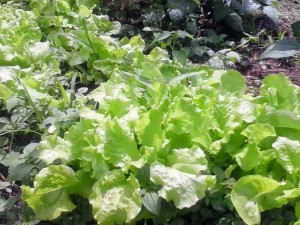


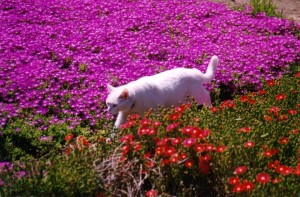
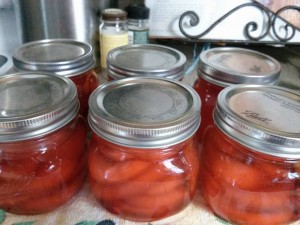
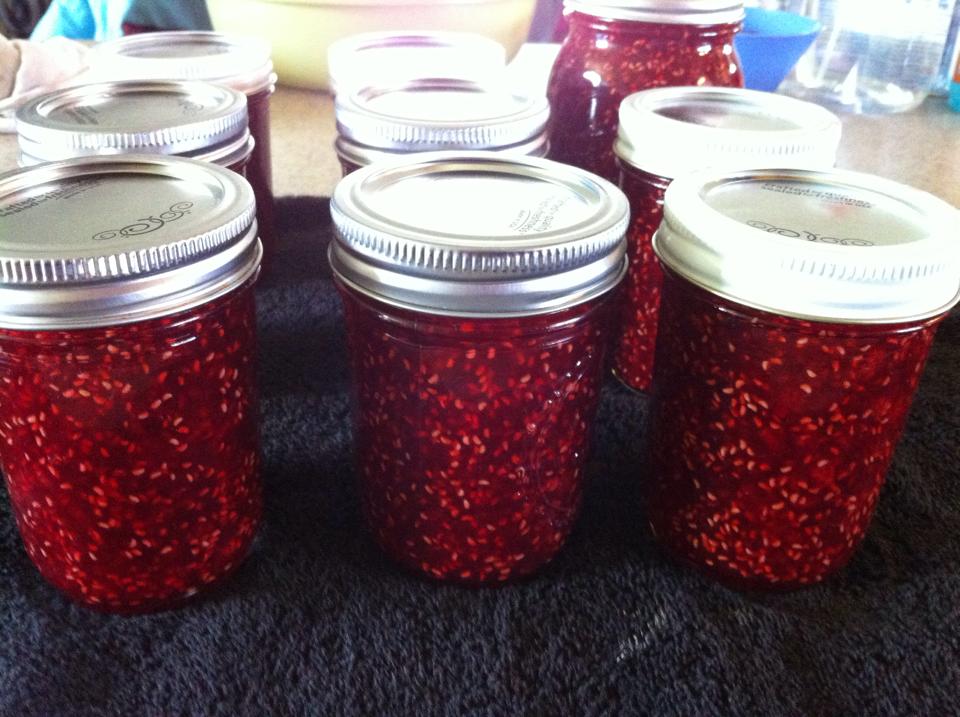
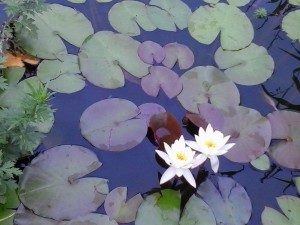

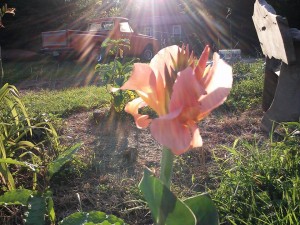

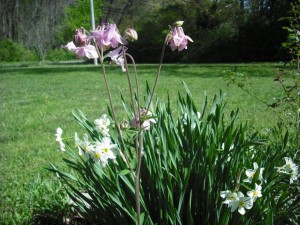

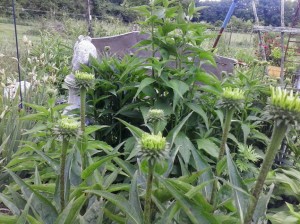
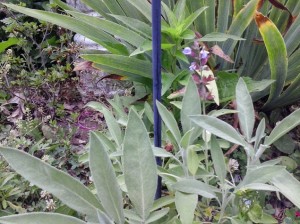
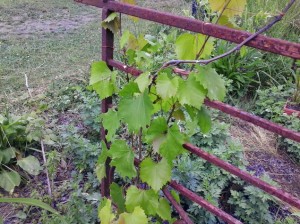
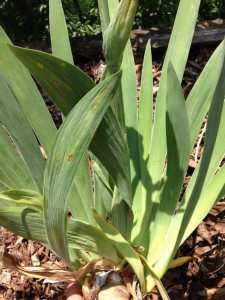 he rhizomes are so shallow makes them really easy to dig up. The easiest way is to use a fork — simply insert the fork near the edge of the rhizome and wiggle it around a little and it will pop up easily.
he rhizomes are so shallow makes them really easy to dig up. The easiest way is to use a fork — simply insert the fork near the edge of the rhizome and wiggle it around a little and it will pop up easily.